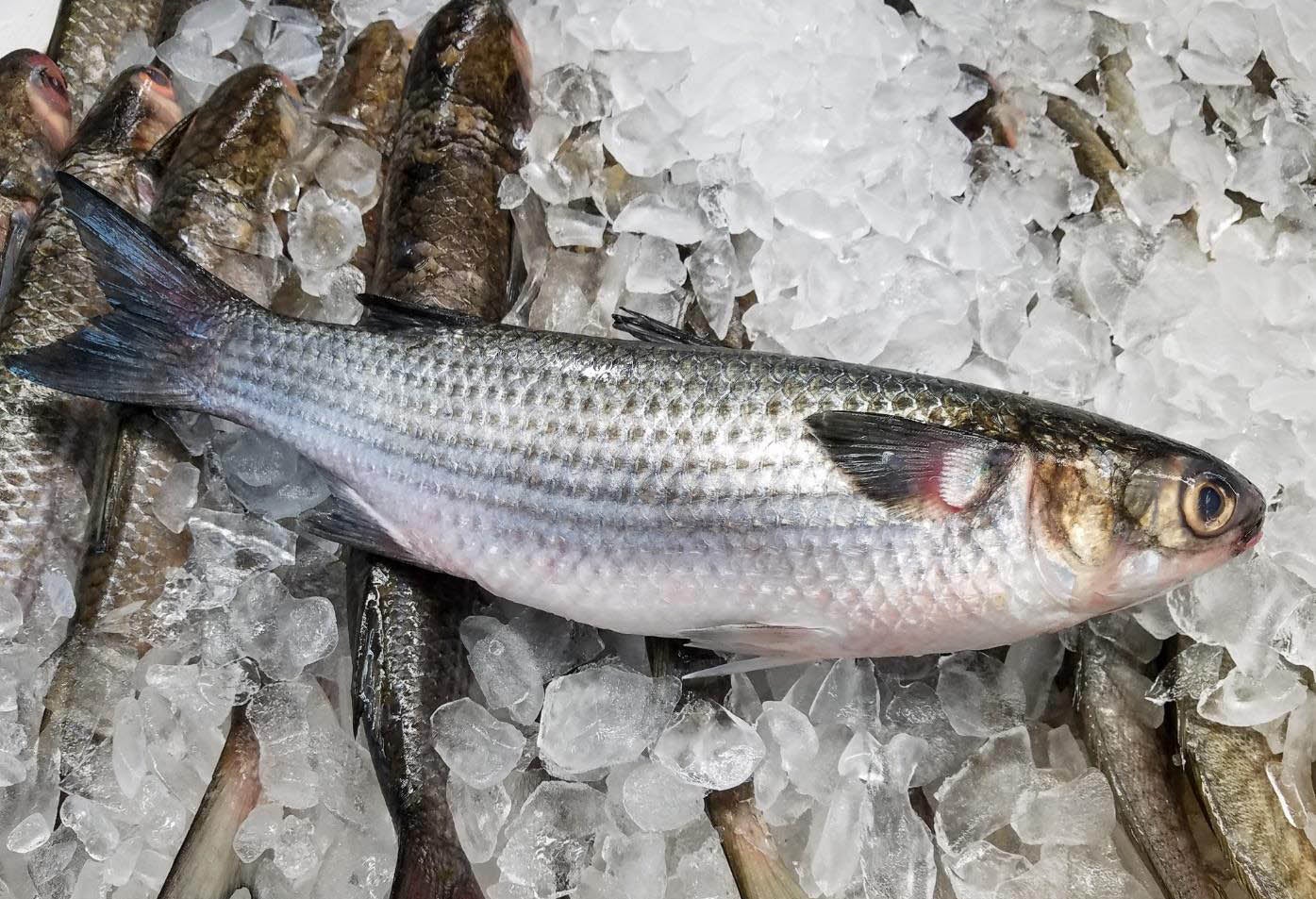Wanna Step Outside? Overfishing mullet results in restrictions
Published 12:00 am Thursday, November 2, 2023

- Catching striped mullet for bait will be closed on Tuesday by the N.C. Division of Marine Fisheries because of overharvest -- mostly of larger fish by commercial fishermen. Recreational fishermen limit their cast-netting almost exclusively to much smaller fish. - Photo courtesy of Nolen Viney/NCDMF
|
Getting your Trinity Audio player ready...
|
By Dan Kibler
For the Clemmons Courier
Just when you thought it couldn’t get any worse, there’s another problem facing North Carolina’s saltwater fishermen.
First, the state restricted recreational flounder fishing in 2023 to two weeks in September, with a one-fish daily limit, while allowing the commercial sector to continue to take 70 percent of the entire catch. Then, at meetings of the N.C. Marine Fisheries Commission over the past several months, trial balloons were floated about possible restrictions on future speckled trout regulations and seasons.
Now, we can’t even catch bait.
The commission announced by proclamation recently that fishermen will not be able to catch striped mullet for bait beginning Nov. 7 and lasting through Jan. 1, 2024, in waters north of the U.S. 58 bridge (at Emerald Isle) and from Nov. 14 through Jan. 1, 2024, in waters south of the U.S. 58 bridge.
In other words, no more cast-netting for “finger mullet,” a popular bait for trout, puppy drum and, in season, flounder. With the possible exception of live shrimp, finger mullet may be the most popular live bait in the saltwater marshes, creeks and sounds of the Tar Heel State.
The reason?
Too many fish are being caught. A 2022 stock assessment said striped mullet are overfished and that overfishing is occurring. The N.C. Division of Marine Fisheries reported that a 33-percent reduction in total catch is needed over the next two years to rebuild the spawning stock to sustainable levels and end overfishing within 10 years. Ending the season in early November is their solution.
The amount of striped mullet caught by commercial fishermen is measured in metric tons. In contrast, the amount of striped mullet caught by recreational fishermen for bait is measured by, well, the DMF sort of admitted in its fishing management plan that it’s hard to estimate the recreational catch.
By comparison, North Carolina’s commercial fishery for striped mullet is “one of the largest along the U.S. Atlantic seaboard,” DMF said in a report, and it is predominantly a fall effort targeting larger fish for their roe, the mass of eggs that is in high demand in Asian markets. According to DMF, the 1980s and 1990s saw surges in the value of roe, and by 1999, striped mullet were recognized as a “species of concern” in North Carolina. So commercial anglers target the biggest striped mullet with the most roe, while recreational anglers target small, juvenile finger mullet in the 4-inch neighborhood — fish that aren’t even big enough to spawn.
Complicating matters is a second species of mullet, white or “silver” mullet, which are not as common as striped mullet, more likely to be found in waters with lower salinity, and difficult to distinguish from striped mullet.
Jerry Dilsaver, a noted fisherman and lecturer from Oak Island, said recreational anglers would be hard-pressed to target and catch only white mullet in their cast nets — “The mullet you catch in freshwater are silvers,” he said — and members of the marine patrol would not likely be able to distinguish between the two species, so you’re risking a ticket for having a livewell full of white/silver mullet for bait. You can’t even use striped mullet you netted and froze months earlier as cut bait — not without some proof they were caught before Nov. 7 or 14, which most fishermen won’t be able to produce.
Dilsaver said that a number of tackle shops along North Carolina’s coast have responded by contracting to have mullet caught in South Carolina and Florida waters and transported to North Carolina for sale in their businesses. He said his understanding is that some tackle shops will offer live finger mullet kept in bait tanks the way inland tackle shops keep shiner and shad minnows for bass and crappie fishermen. The rest will be dead finger mullet, some of them sold frozen for cut bait. But to be legal, tackle shops will have to provide fishermen with documentation that the mullet aren’t from North Carolina waters.
So why exactly are there so many finger mullet in other states’ waters that they can be harvested and sold in North Carolina? Heavily restricted commercial fisheries. South Carolina isn’t catching metric tons of mullet. Their commercial fishermen can’t set gill nets in coastal waters, and they can’t trawl anywhere but in the ocean.
With finger mullet out of the equation, fishermen are left trying to net shrimp, which will soon be making their way out of inlets and into the ocean as the water cools, or menhaden, which are often too big to use as live baits for anything outside of big ocean predators like mackerel.
Once again, we take one for the team — if you believe we are all on the same team.


